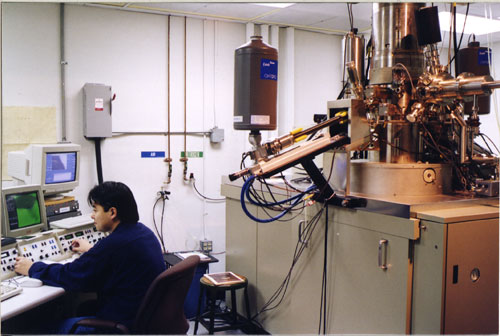|
Introduction to Nanotechnology
Atoms are so small, you need a microscope this big to see them:
Even though everyone knows a lot about carbon and atoms, no one had ever seen a carbon atom in this shape before.
Close your eyes and picture the earth. Now, picture you holding a soccer ball on the earth. Notice how small your ball is to the earth. Now picture the soccer ball as the earth. The C60 buckyball is as small as your soccer ball is to the earth. Pretty hard to imagine, huh? The best part is, the buckyball is the most versatile nanomaterial on earth. What does that mean exactly? Well, the word versatile means changeable for many uses, and the word nano means dwarf. If you add nano to the word "science" to make the word nanoscience, you are referring to scientific knowledge based on the smallest scale now known to man. And if you add nano to the word technology, which means applying scientific knowledge to make things, you get nanotechnology, or the making of things on an incredibly small scale. Because nanoscience is so new and nanotechnology is becoming important to the future, people are studing these small parts of matter, called nanoparticles to find out what they look like and what they can be useful for. Scientists believe that some nanomaterials, are capable of being hundreds of times stronger than steel. Other scientists think that this same strong material will be able to make electronic circuits much, much smaller than the ones used in your computer today. home ::: what is electron microscopy? ::: see the scopes ::: research ::: cool magnified images ::: take a guess ::: directions ::: contact us |






